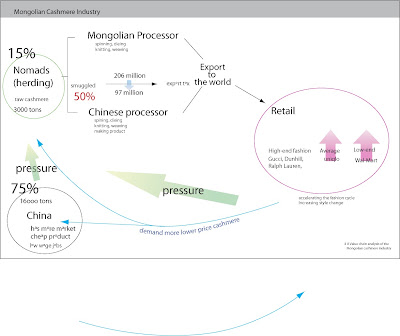VIOLAINE DE POURTALES : Progress Report

HYPOTHESIS (to be improved):
People don’t invest money into pieces of furniture because today people move apartments more often. Furniture is bought at cheap prices because consumer knows that they will not use the furniture for a long time. Cheap furniture therefore piles up as waste.
STAKEHOLDERS:
Manhattan storage- how it is growing a lot.
Auction house specialist in Christie’s or Sotheby’s for furniture.
Ikea: how it was founded. Why there was a market for Ikea.
Arjun Appadurai- Look at globalization –media and migration.
Mark Drayse- and his book growth and change- how “furniture manufacturing has experienced rapid globalization in recent years.”
STRATEGIES:
1. Research process of moving apartments in New York. Process of how people move is particular in New York City.
2. Globalization and how it influences problem. The effect of globalization and how that affects furniture manufacturing.
3. Compare how people have always moved homes around the world and how it has effected furniture design over time.
4. Look at companies that design products for different geographical locations. For example MUJI designs some products thinking about people that move around.
TOOLS:
-Identify different living rooms among different apartments in New York City. Identify the furniture pieces in every room, where they were purchased from and when. I am going to ask them about their previous living room, what furniture they had there and where they got it from as well.
-Survey why people are moving apartments in New York City.
Survey:
Age
How many times in your life have you moved homes?
How long have you been living in NYC?
How many times have you moved in NYC?
Why do you move apartments?
Do you like or dislike moving?
About how much do you spend in total in decoration each time you move?
How many pieces of furniture do you own today? Has that number increased or decreased over time?



















































